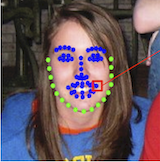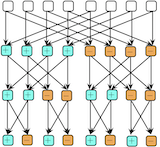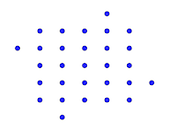|
Prof. Dr. De Zarzà is an Assistant Professor at Universidad Francisco de Vitoria. She is also with Universitat Oberta de Catalunya (UOC). She received a Doctor of Science in Computer Science from Universitat Politècnica de València (UPV) in December 2023. She has been Research Associate (E13, Level 3) and Postdoctoral Scholar at GOETHE-Universität Frankfurt am Main (2023-2024). Prof. Dr. De Zarzà has been with the Dept. of Information Technology and Electrical Engineering at ETH Zürich (2015-2016), the Dept. of Electrical Engineering at City University of Hong Kong (2017) and the Dept. of Computer Science and Engineering at CUHK (2017-2018), among others. She obtained her MSc in Multimedia Information Technology (with Distinction) in 2015 at City University of Hong Kong and did her master thesis at Carnegie Mellon. She studied Mathematics (with graduation year 2013) at Universitat Autònoma de Barcelona (UAB) and Universitat de Barcelona (UB). e-mail / cv / scholar.google / twitter |

|
|
My research interests span a wide range of topics related to computer vision and statistical learning. That said, I enjoy both theoretical work and practical applications. Currently, in pursuit of an analytical characterization of abstract reasoning. The ultimate goal is to build conscious systems that evolve and learn with time as we humans do. |
|
|
 
|
Carnegie Mellon. Pittsburgh. 2014. slides MS in Multimedia Information Technology.
|
 
|
Universitat Autònoma de Barcelona. Cerdanyola del Vallès (Barcelona). 2013. slides / secure network coding Bachelor's degree in Mathematics.
|
|
DE ZARZÀ I CUBERO Irene. Happily married to De Curtò i Díaz. |
|
|